Visual Communication Campaign: Cultural Impact & Design Elements
VerifiedAdded on 2022/09/08
|20
|1032
|16
Project
AI Summary
This project analyzes a visual communication campaign, focusing on the impact of color, lines, contrast, and balance on audience perception. It emphasizes the importance of color in advertising and its influence on feelings, while also highlighting the roles of lines in suggesting movement and emotion. The project examines how contrast creates focus and redirects attention. The analysis differentiates the message presentation for American and New Zealand audiences, considering cultural influences. Strategies to reduce racial prejudice are discussed, emphasizing diversity and cultural familiarity through symbols, language, values, and norms. The project also covers logo design for different screens, including techniques for ensuring effective visual presentation across various devices. Finally, it outlines the steps involved in creating a media campaign, including understanding goals, choosing channels, defining the target audience, creating content, and monitoring feedback, along with the importance of adapting messages for digital platforms and providing links to supporting video content and references.
1 out of 20
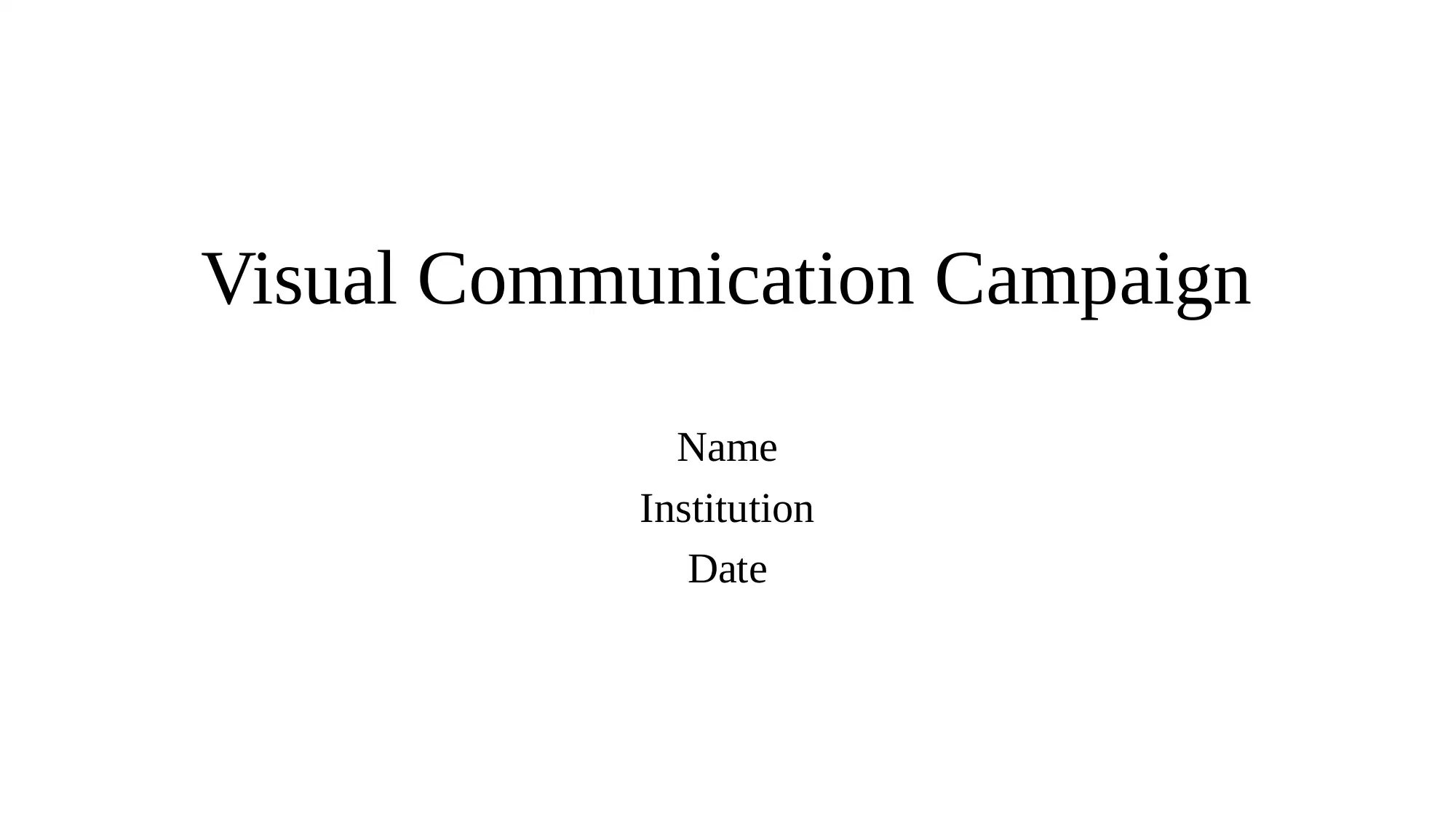
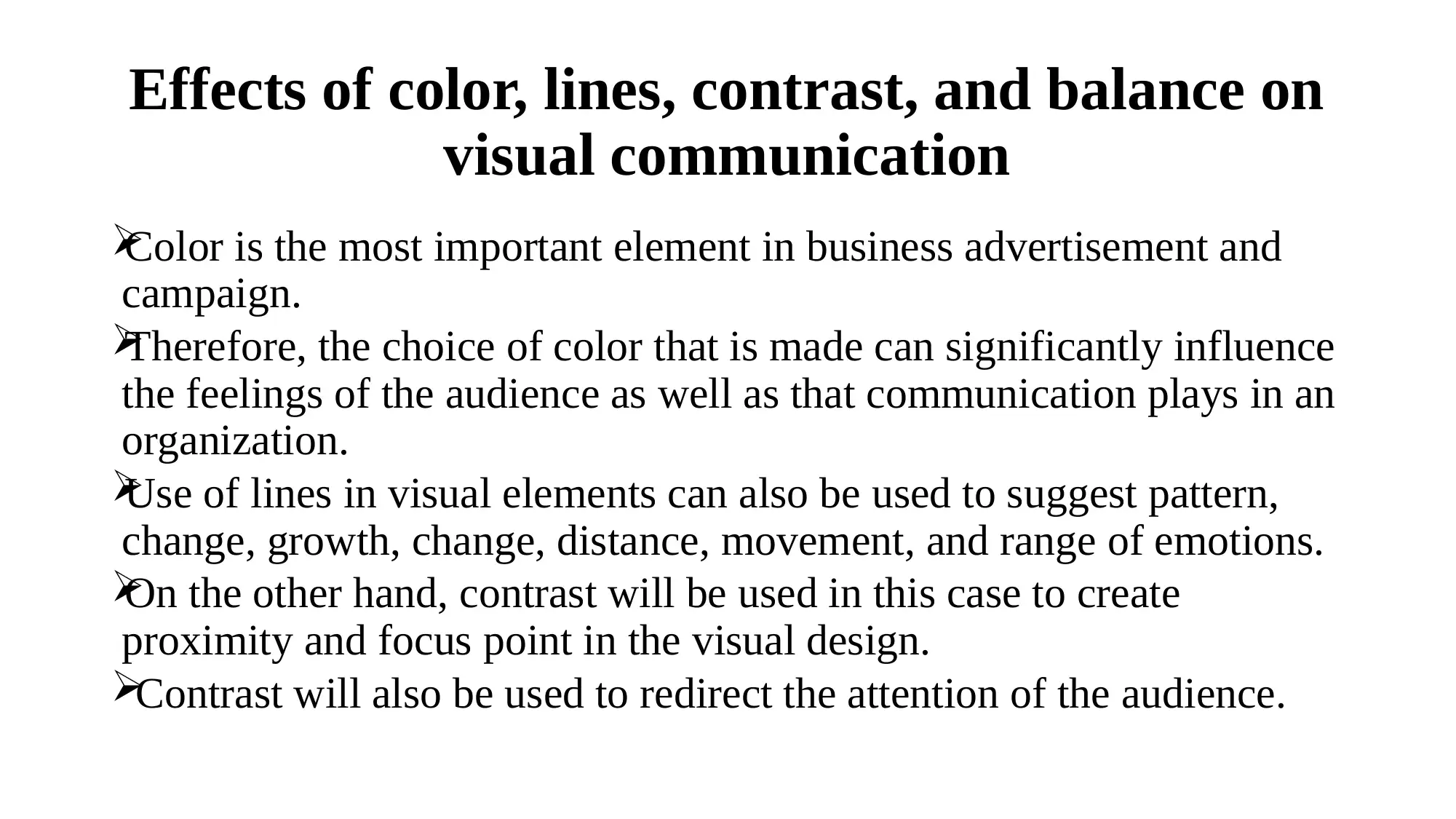


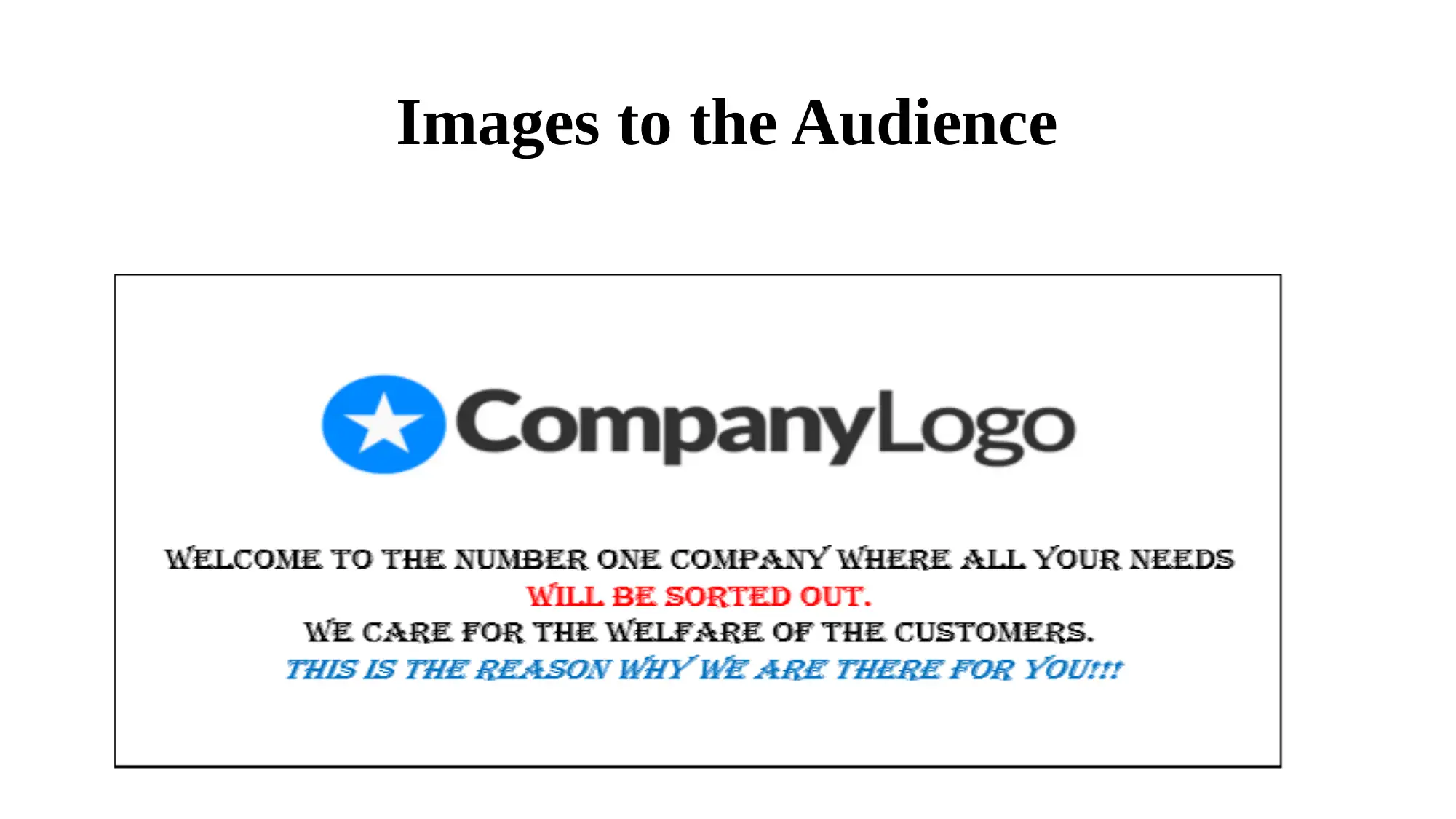
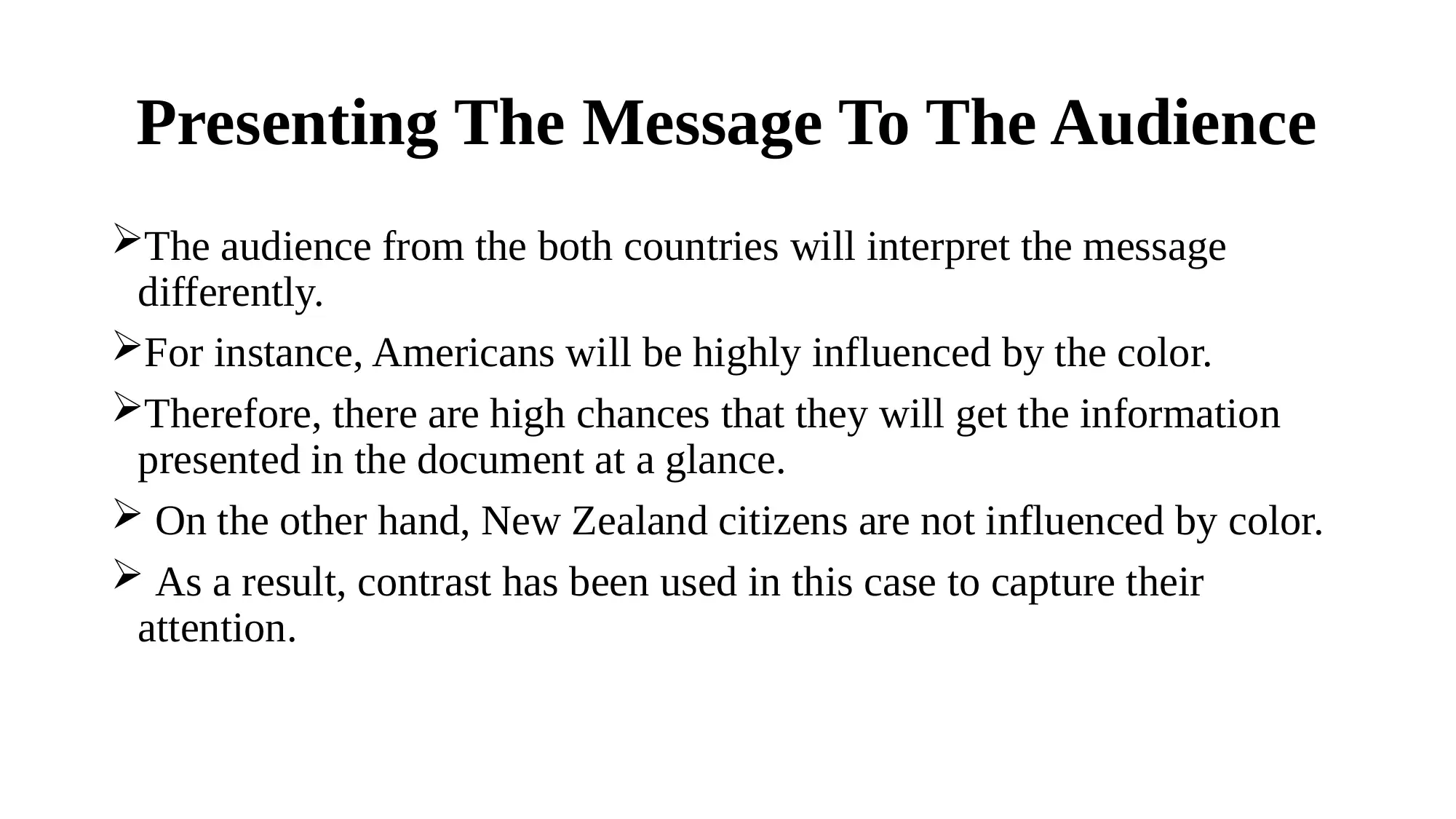
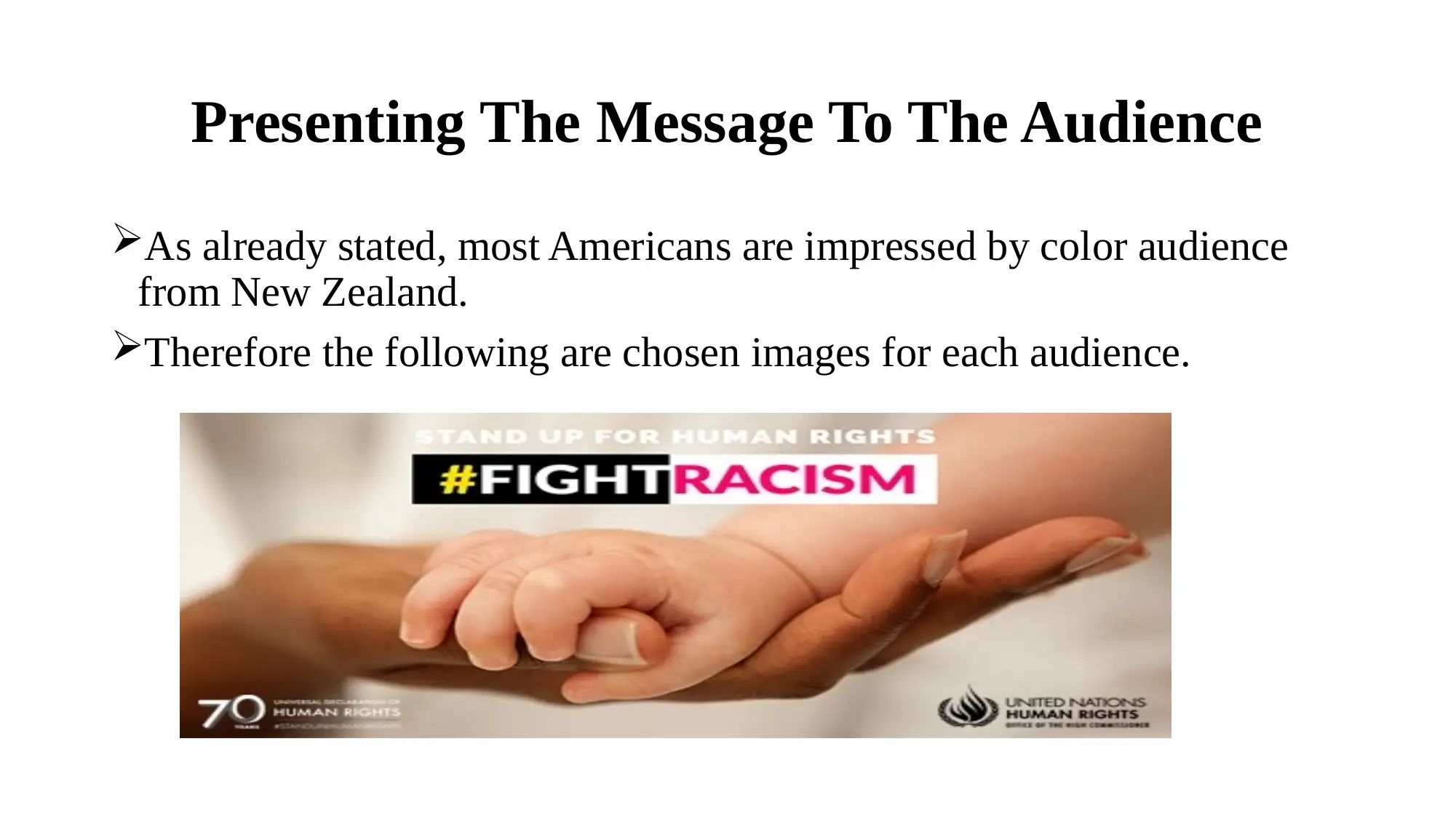
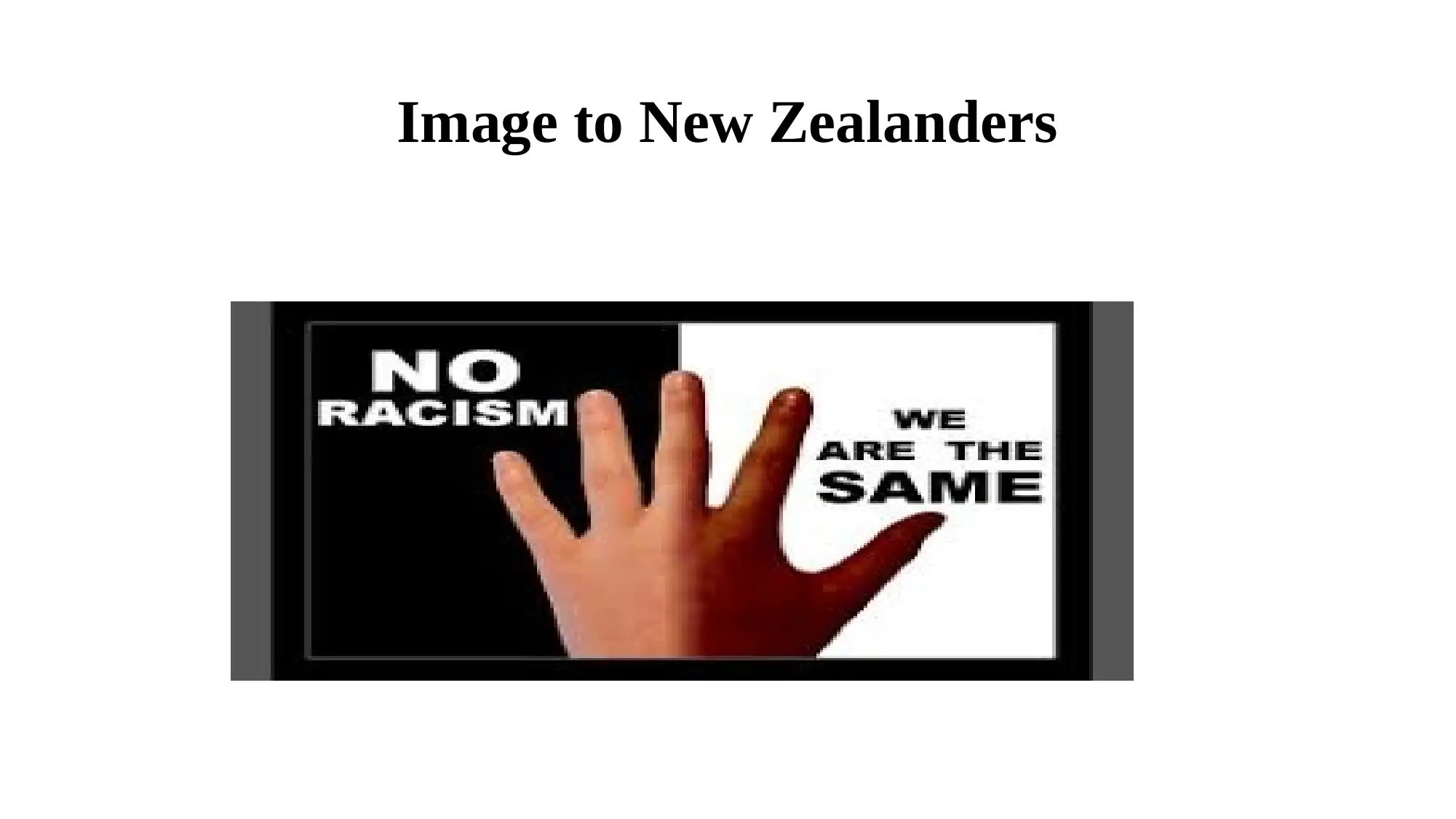
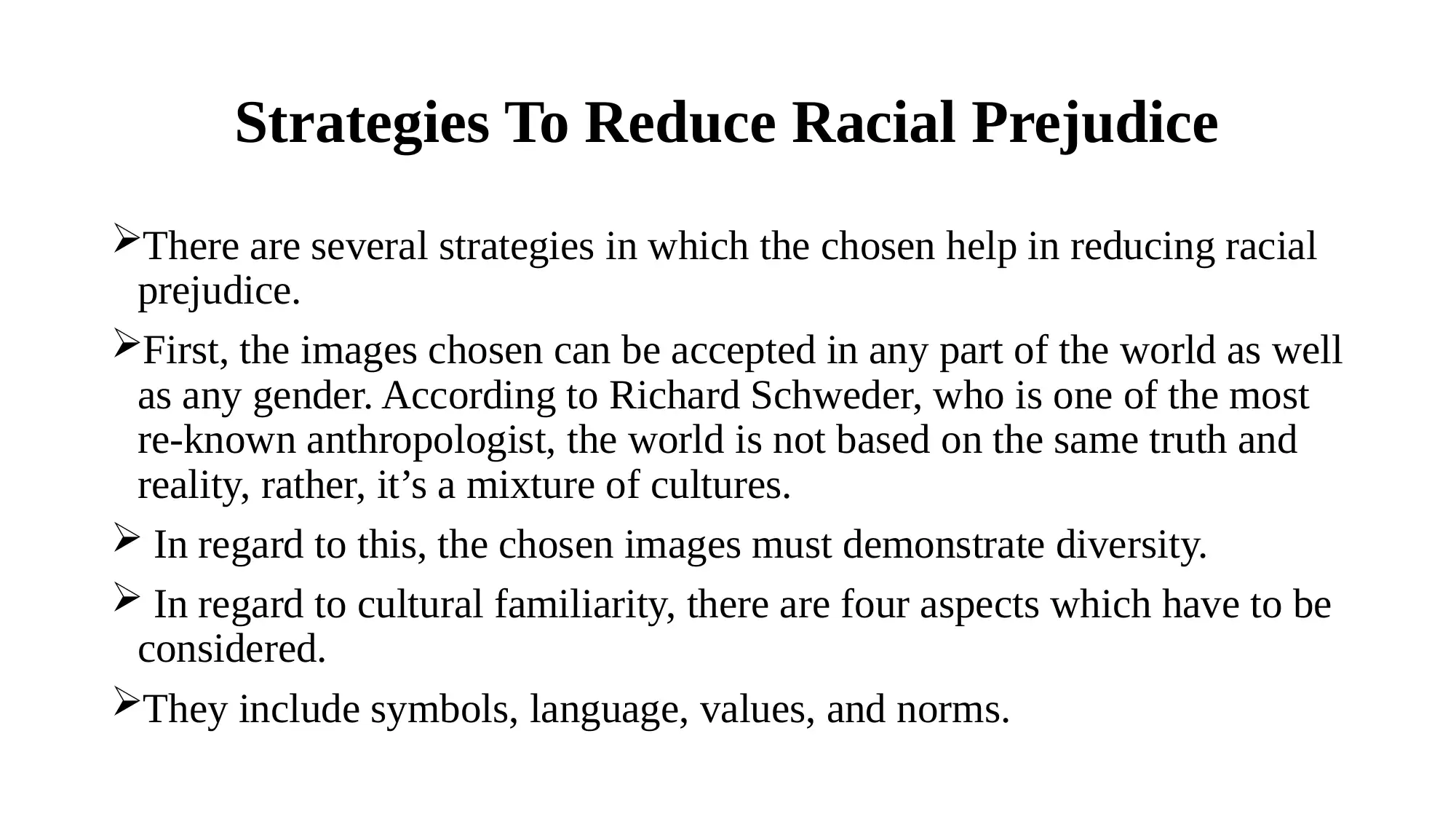
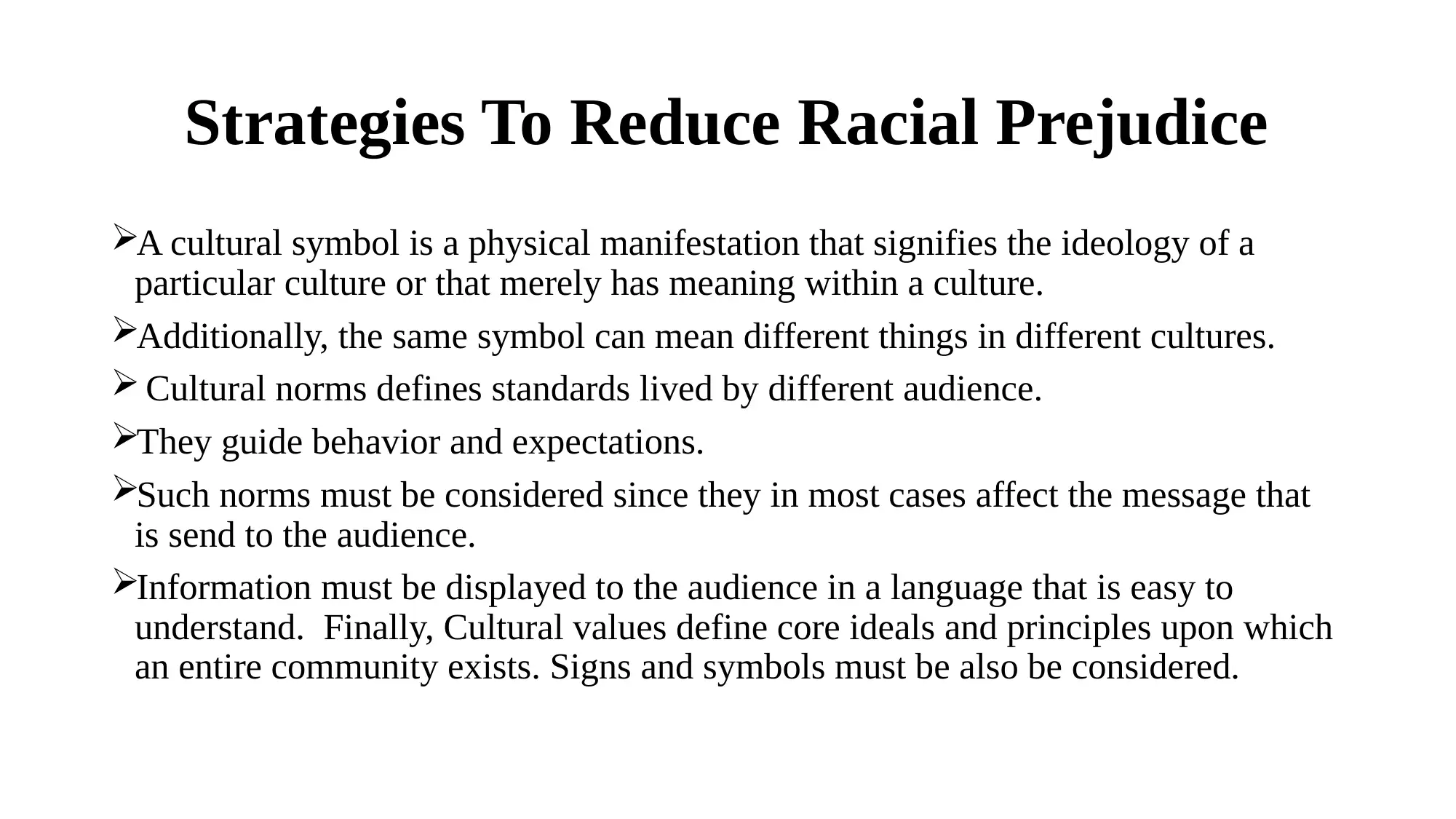
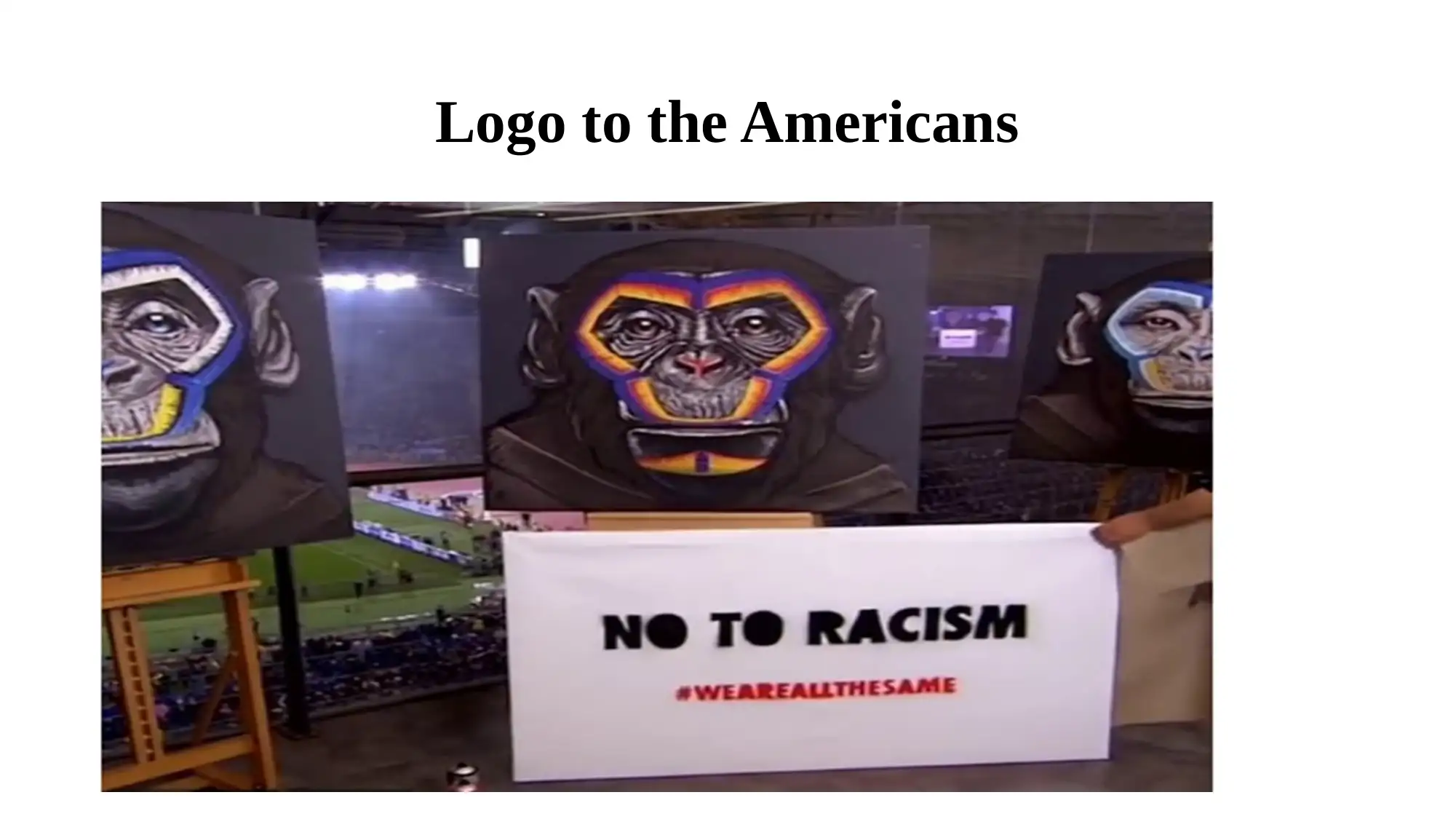

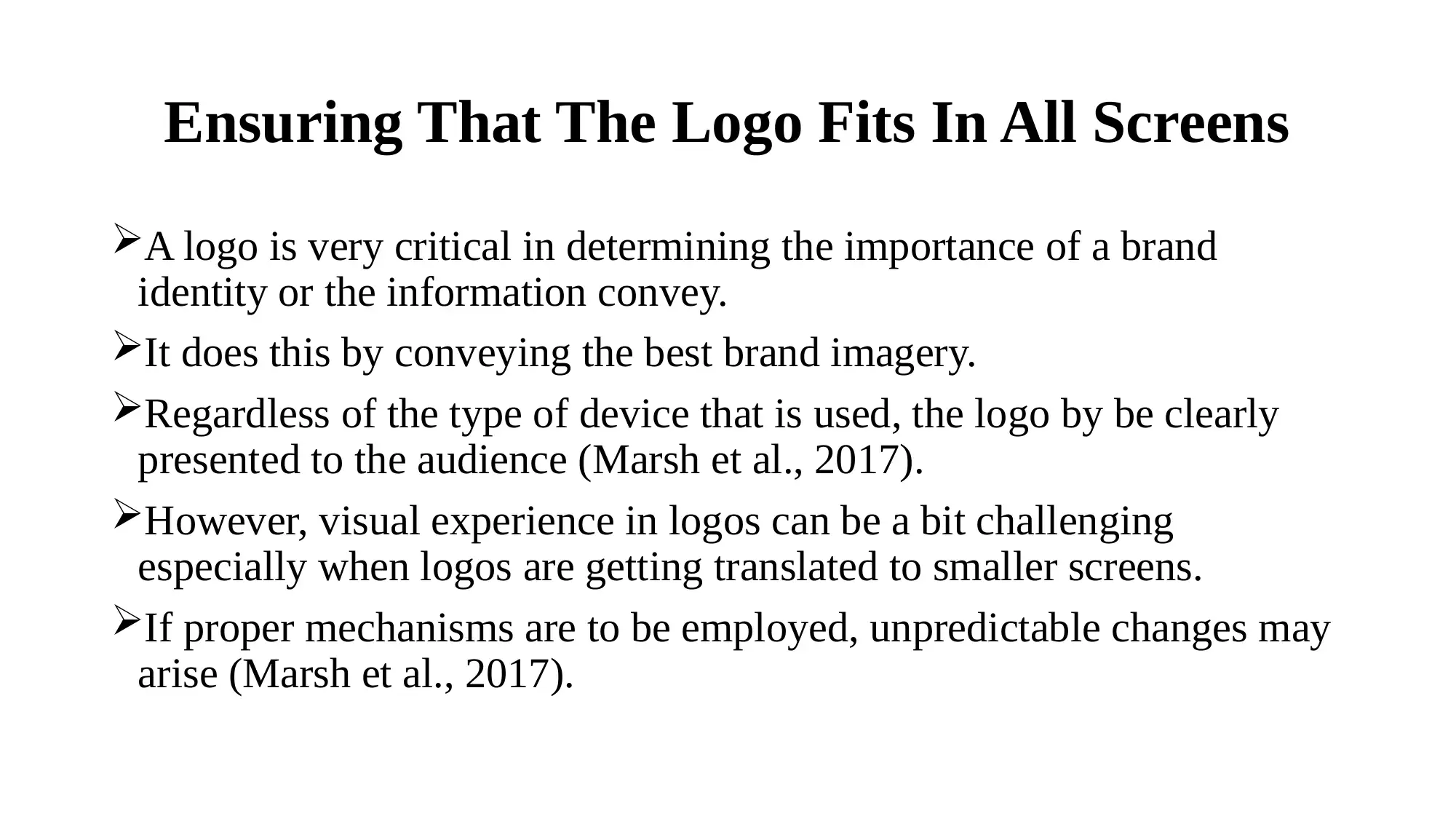






![[object Object]](/_next/static/media/star-bottom.7253800d.svg)